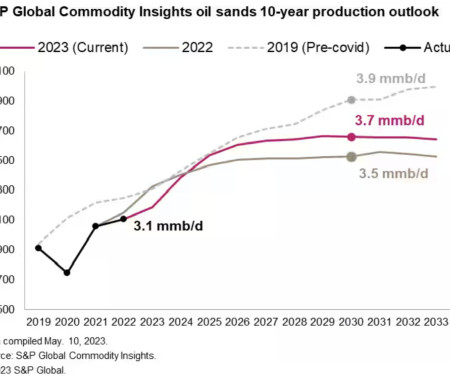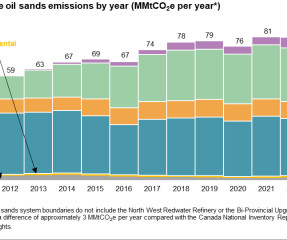IHS CERA meta-analysis finds lifecycle GHG emissions for fuel produced solely from oil sands crude average 11% higher than from average crude refined in the US; high variability
Green Car Congress
NOVEMBER 15, 2012
Average values for WTW GHG emissions for oil sands and other crudes, tight boundary. When the oil sands products refined in the United States are considered—a mixture of oil sands and lower-carbon blending components—the GHG emissions are, on average, 9% higher than the average crude processed in the US.










































Let's personalize your content